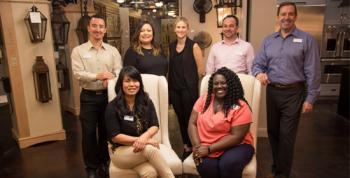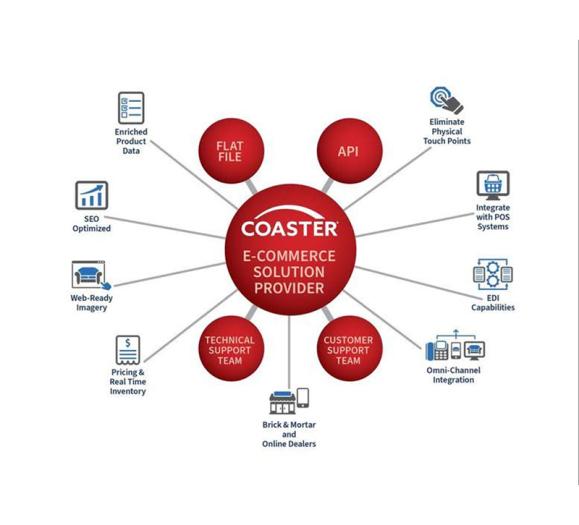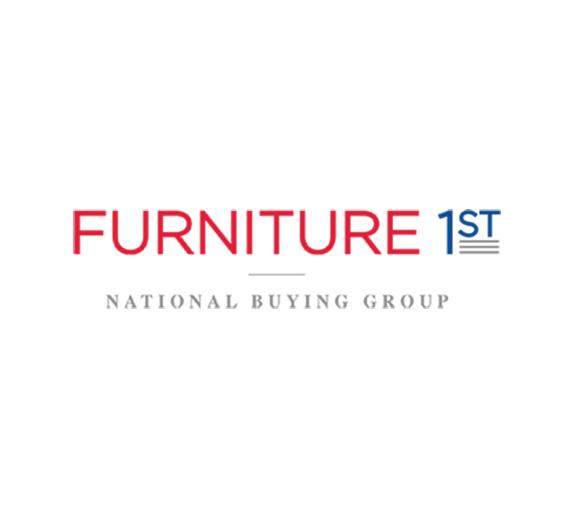Behind every successful business is a group of motivated and talented employees. Building a great staff is one of the most vital things a showroom can undertake to breed success, but how can you find the right people — and retain them?
Recruiting
When bringing on new hires, Tim Stumm, Showroom Manager of Expressions Home Gallery, says that they look for candidates with work ethic, personality and goals that would fit into the culture of their company.
“The key to staffing is to have the right people in the right positions. Find their passion; make them a champion,” Stumm says. “Your customers should feel as if they are working with the best of the best.”
Stumm’s company posts open positions on company websites, social media and Internet job boards to search for new hires. Once someone applies and catches the company’s eye, the candidate is evaluated and then interviewed by a hiring manager at each location.
“Candidates are sourced through responses to job postings, staffing agencies and internal pools,” Stumm explains. “I also believe in growing your talent from within, mentoring up employees and helping them grow in their careers. A great read is ‘The Gifted Boss: How to Find, and Create and Keep Great Employees’ by Dale Dauten. This has been a handbook of mine for years.”
Crest Lighting’s average employee has been with the company for more than 19 years, with an average of more than 25 years experience in the industry.
Amy Fimbianti, Showroom Division Manager, feels that her company, located in Chicago, is one that connects with and listens to its employees, creating a work environment that encourages growth and change.
When searching for new hires to join the family-owned business, the company relies on word of mouth and referrals, but also contacts local design schools, including Columbia College and Harrington College of Design.
“We feel that a flair for design and trends is an integral part in learning lighting since our trends so closely follows those of the furniture industry,” Fimbianti explains. “We also reach out to industry specific organizations for candidates. Because we have both commercial and residential sides to our business the ability to cross over and develop new interests is limitless.”
Pace Lighting also relies on nearby schools to find new recruits for its sales positions. Located in Savannah, CEO and co-owner Lisa Dixon says recruits come from Savannah College of Art and Design and Georgia Southern University.
“We try to hire people with an interior design or other design backgrounds,” Dixon says. “When you are selling lighting you invariably get a lot of questions [pertaining to design] like, ‘Do these coordinate? My countertops are this color. What color should my light fixtures be?’”
When Pace Lighting is searching for new people to join their staff, Dixon gets in touch with her contacts at both schools in the design department and sends them job descriptions. They will in turn share them with students and recent graduates.
“This has been the best way [that we have found recruits],” Dixon explains. “The employees that we have that have stayed with us the longest amount of time have come through those channels.”
Accent Lighting in Lake Oswego, OR, feels that they approach the recruitment process in a traditional way. It’s core staff has been the same for more than 10 years, and has seen very little turnover in employees.
“Like most companies I’m sure we go through the interview process. We use a staged process by first passing the candidate by the showroom manager,” says Bob Warmbold, owner of Accent Lighting. “If the manager feels good about the person he/she will be asked to meet with a second manager and then a third and final interview by top level management.”
Warmbold looks for a candidate that wants to work with people and is motivated to learn. The company advertises openings and searches for those who will fit well in the existing group of employees.
“We keep our eyes open when we meet people that might work well in the industry.”
Training
Forty hours of training per year is required at Crest Lighting, which includes American Lighting Assn. (ALA) courses; lunch-and-learn workshops with team leaders; online training modules and webinars; conferences and trade shows; and off-site manufacturer-hosted training.
“Our goal is to keep our sales staff on the cutting edge of lighting developments,” Fimbianti says. “Our new hires specifically are usually paired with an experienced professional and will shadow for a while, based on confidence and experience. There is computer training available, plus working with someone side-by-side brings new employees up to speed quickly.”
Staff members are also brought along to markets like Lightovation, allowing for opportunities such as understanding the lighting world while being exposed to new trends.
Accent Lighting likes to train its staff from the ground up. One requirement of staff members is that they must complete their Lighting Specialist exam within the first year of working with the company.
“We then have weekly training on various products,” says Warmbold of Accent Lighting. “We also use the ALA webinars as much as possible. Our three CLC’s need to be current as well and also participate in the courses offered by ALA as well as other classes.”
Each Associate at Expressions Home Gallery is assigned a mentor when they first come on staff. An Associate will shadow a current employee to learn about the company’s software programs and customer service values.
For those who have been on staff for a while, there is a learning management system that allows employees to select specific training. Stumm says this platform is used by every department to facilitate continuing education or required training courses.
“To keep up with trends and new offerings, new or refresher product knowledge training is done every Thursday morning for an hour,” says Stumm. “A training calendar is available for reps to self-sign up. We usually are booked two months out at any given time.”
Pace Lighting’s staff of 12 people all went through the lighting consultation program after being on staff for six months. When each employee has a few years as a salesperson under their belt, they then go through the Lighting Specialist course provided by ALA.
“We really use ALA for overall training and needs,” Dixon says. “We find it works the best and it’s all lighting related.”
However a showroom has found its staff, the goal is to make each member flourish and want to stick around.
Stumm feels that the best way to maintain success and happiness in a company is via motivation.
“Recognize your staff and key team members,” Stumm says. “Take them out for a dinner or an event as a ‘thank you’ for a great month. Show them you truly care about their success and happiness.”
What Makes Your Staff Great?
“We have assembled and mentored a talented group of associates that not only can sell, but do it in a way that the client realizes they are willing to go the extra mile to ensure their happiness. “It is truly a privilege to work with them.” - Tim Stumm, Expressions Home Gallery
“Having a staff that knows lighting as well as our staff does is amazing. We work as a team to solve issues. With over 120 years of combined lighting knowledge we live lighting. It’s what we do!” - Bob Warmbold, Accent Lighting
“EVERYTHING! We have passion, drive, teamwork, years of knowledge, attention to detail, follow-thru, but most of all the desire to make sure that we exceed the expectation of each and every customer every time!” - Amy Fimbianti, Crest Lighting
“Because they’re mine! It’s a small business (there’s no parent company elsewhere). I’m an owner and I work here side-by-side with them all day every day. Everyone is really engaged. They support the business, they know that we are all in this together. It’s very much a team atmosphere.” - Lisa Dixon, Pace Lighting







